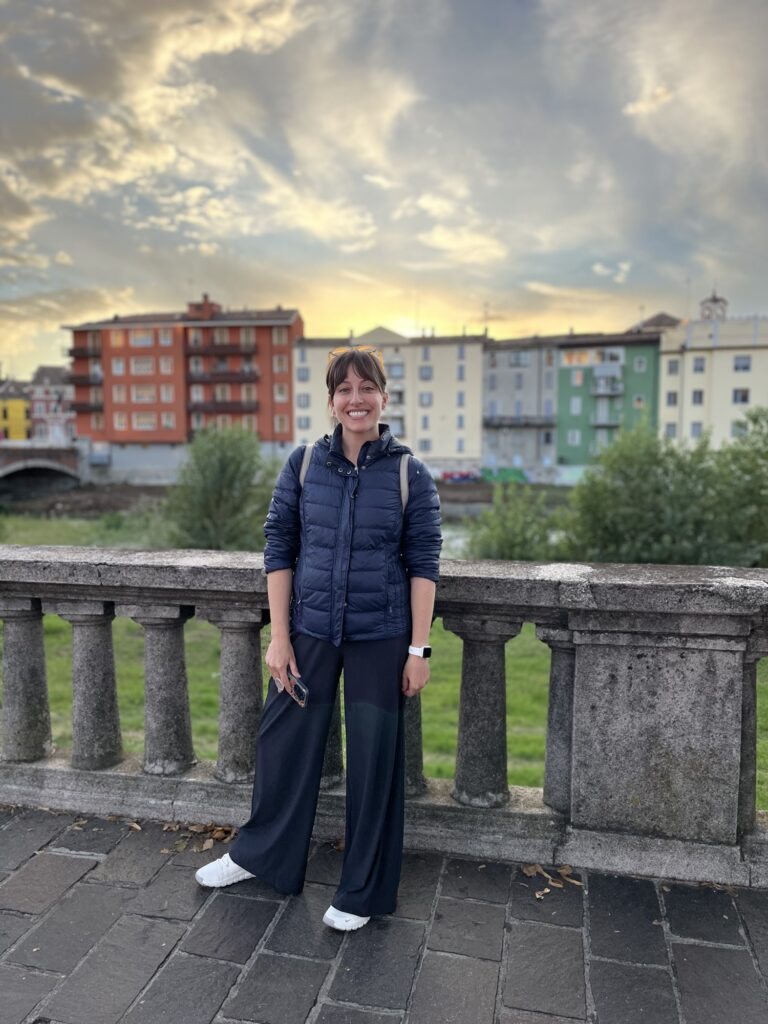From Bologna we headed to Parma for a few days. Parma is known as the birth place of Parmigiano Reggiano cheese. Not the processed parmesan cheese that we buy in the shaker bottle from the grocery store. This stuff is the real deal. Northern Italy in general is best known for its cured meats (like prosciutto), cheese, and handmade pasta. This is why people from all over the world come to visit.
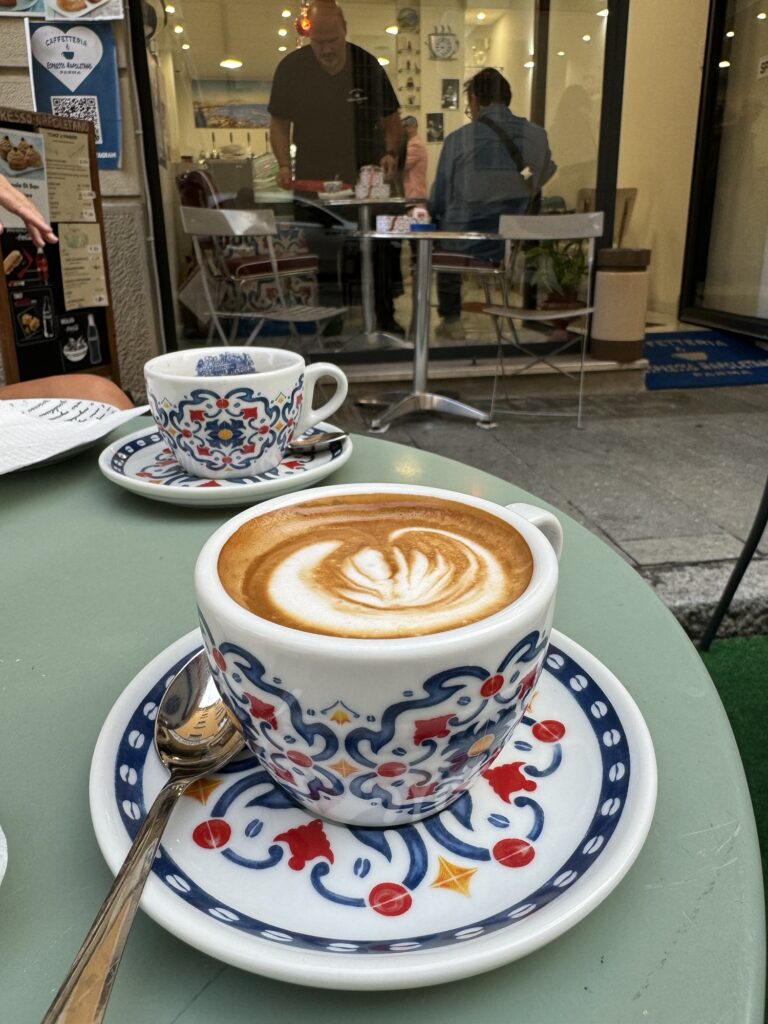
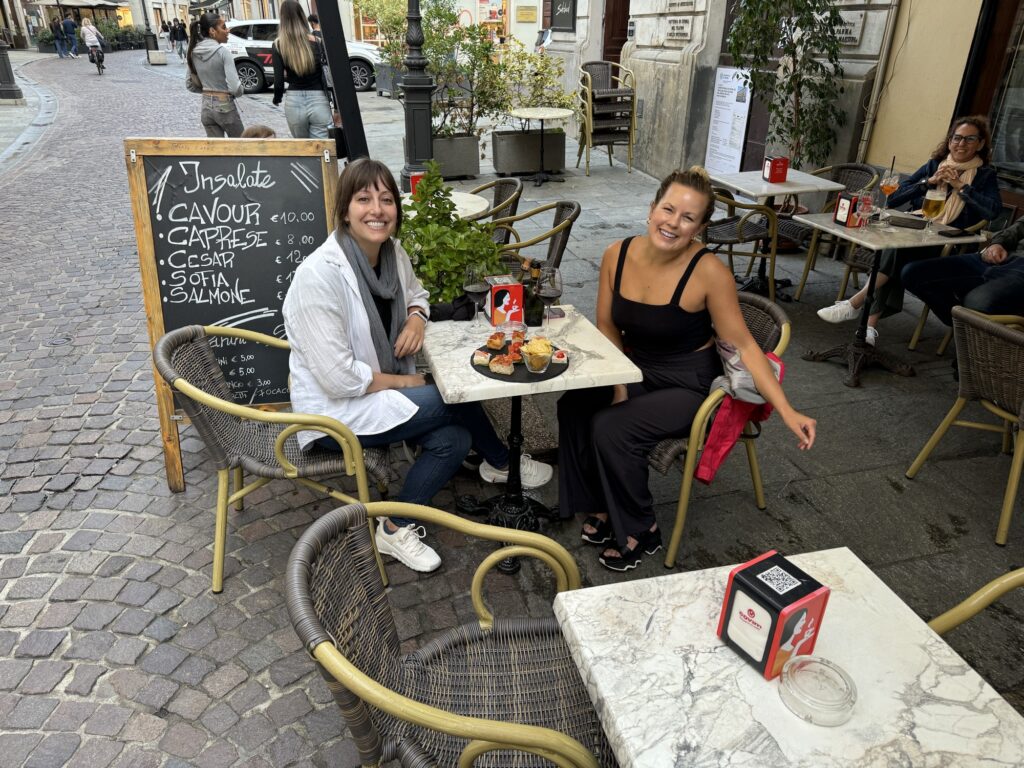
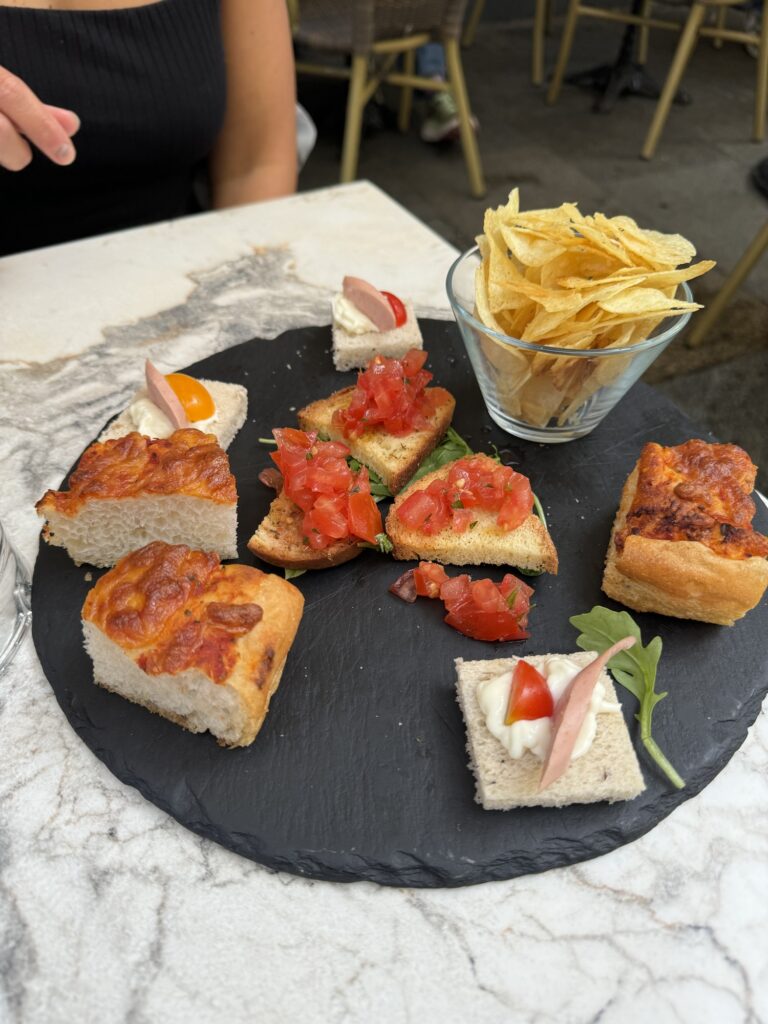
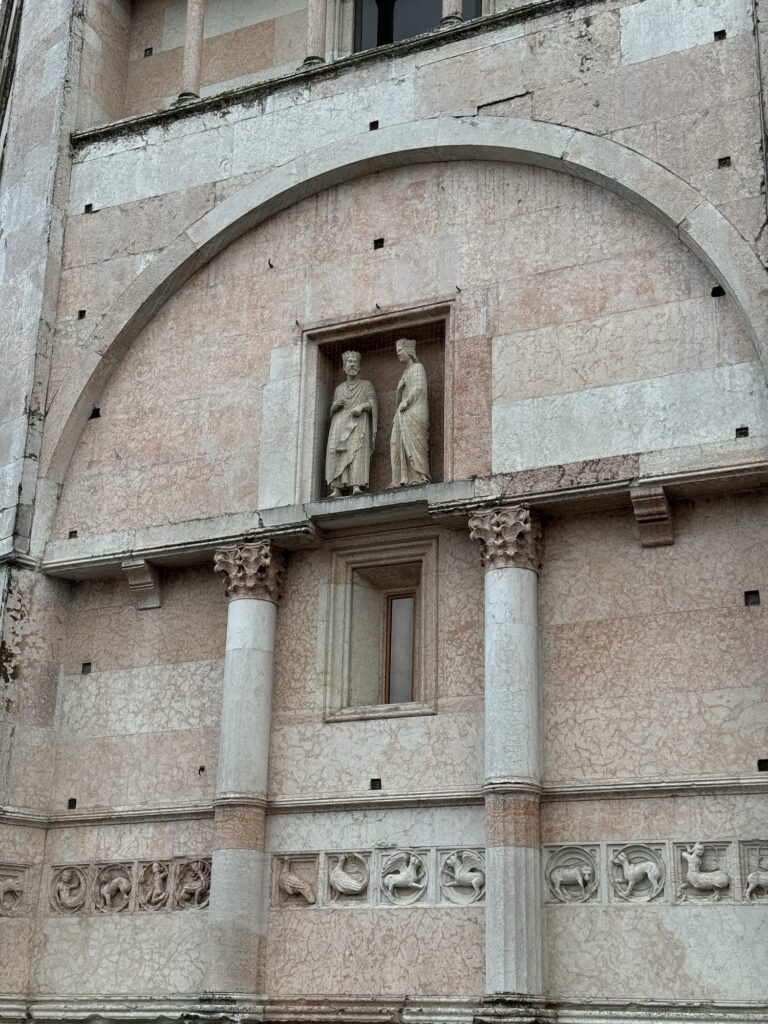
Santa Maria Assunta Cathedral
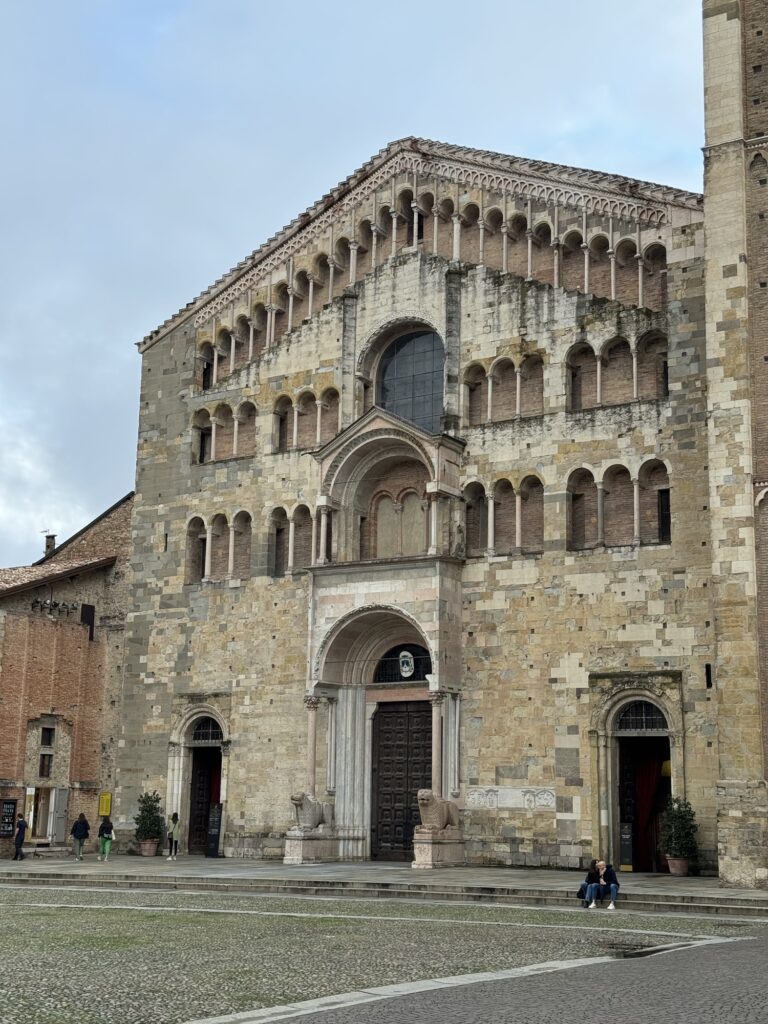
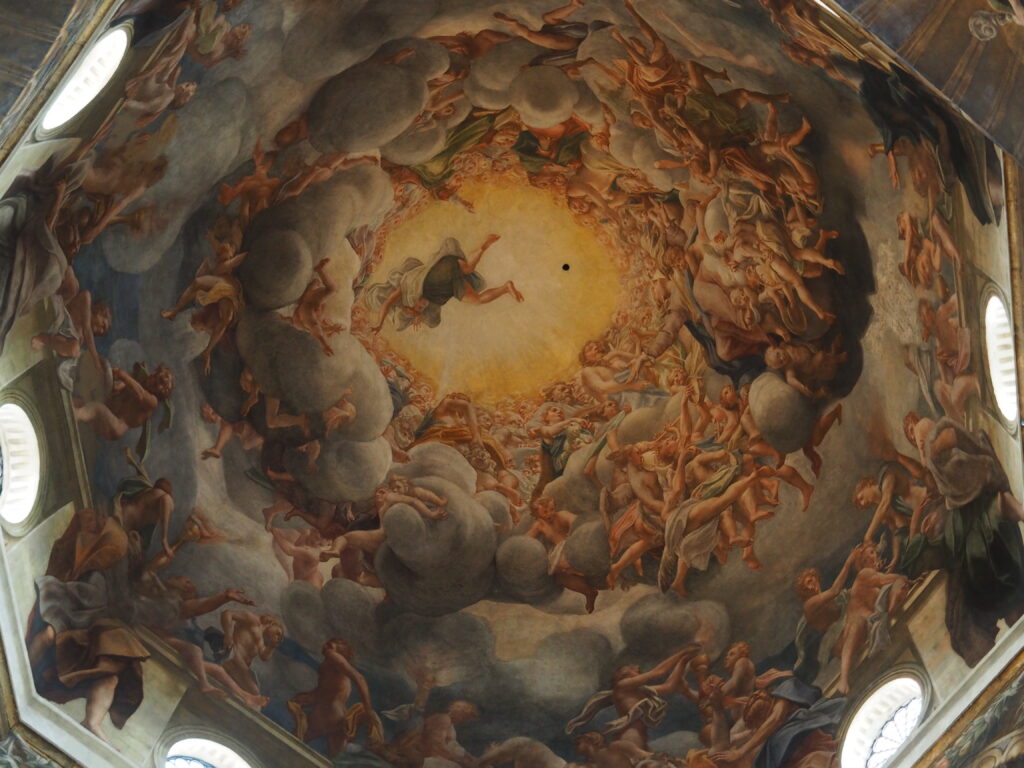
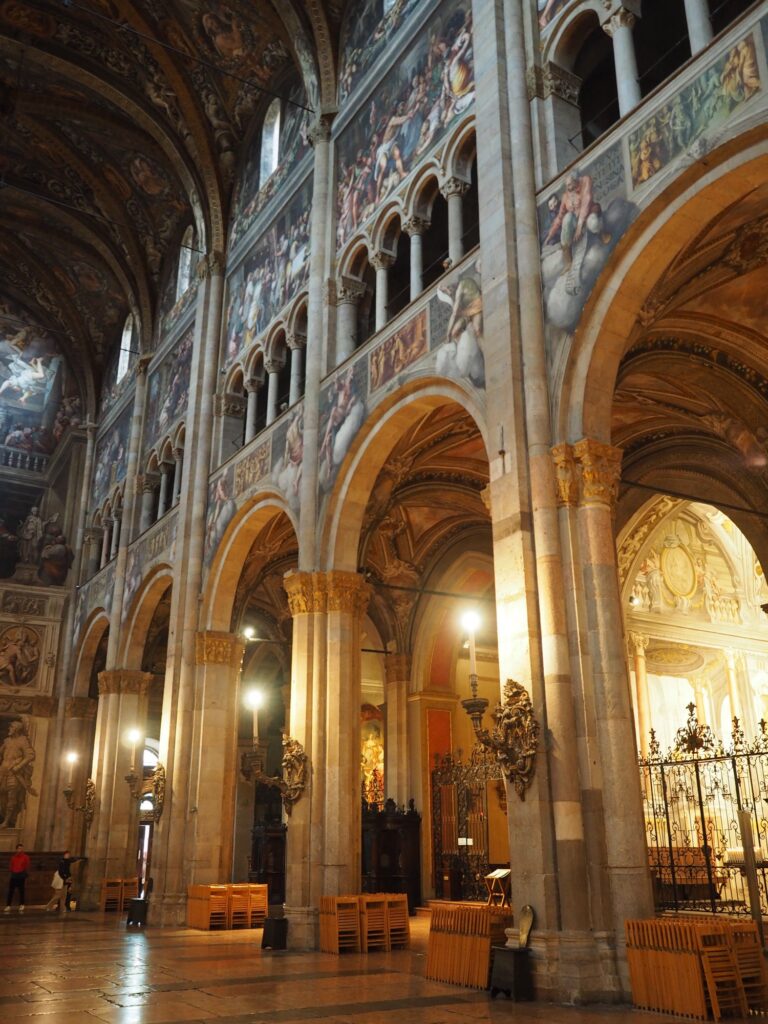
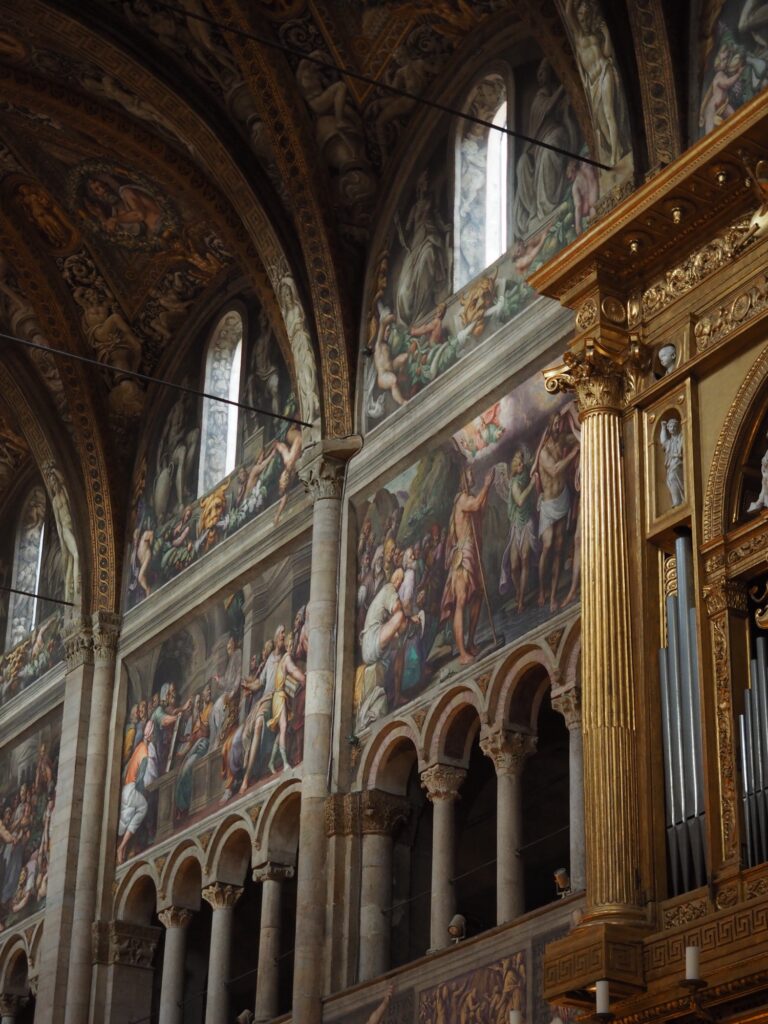
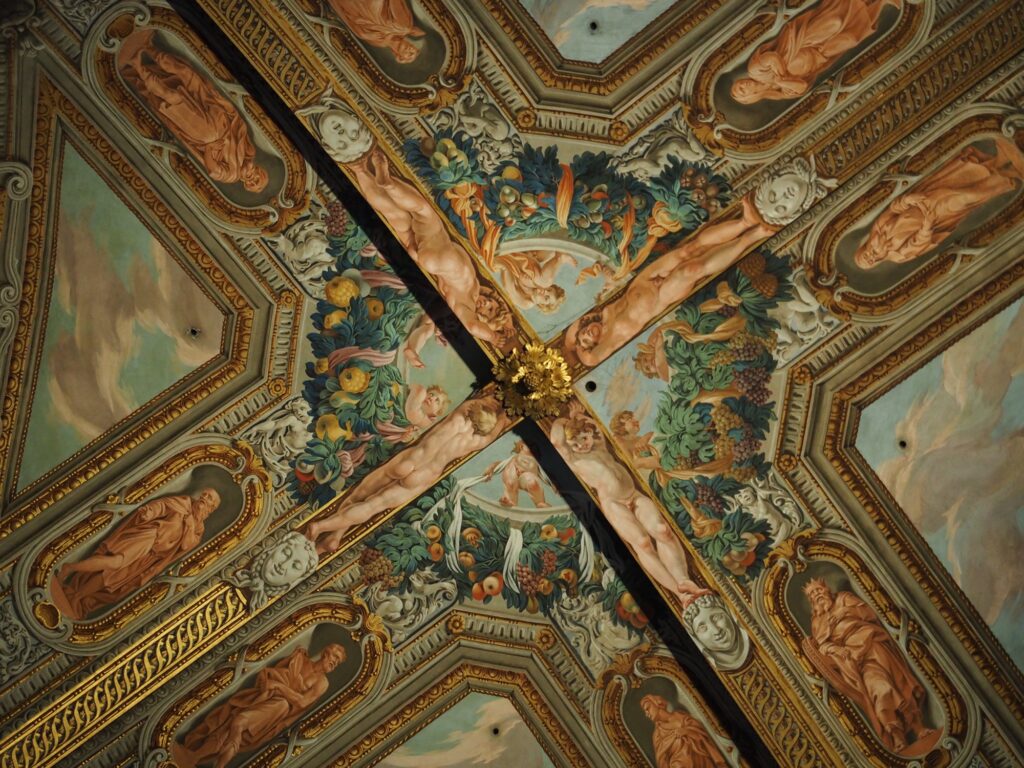
Church of Saint Cristina
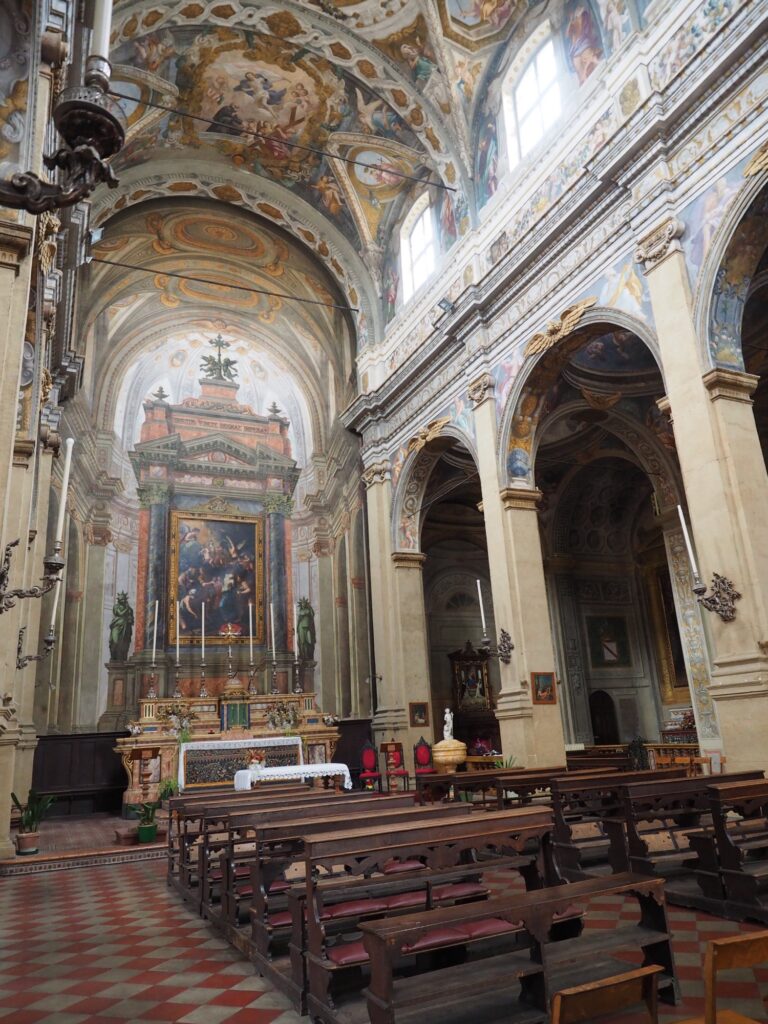
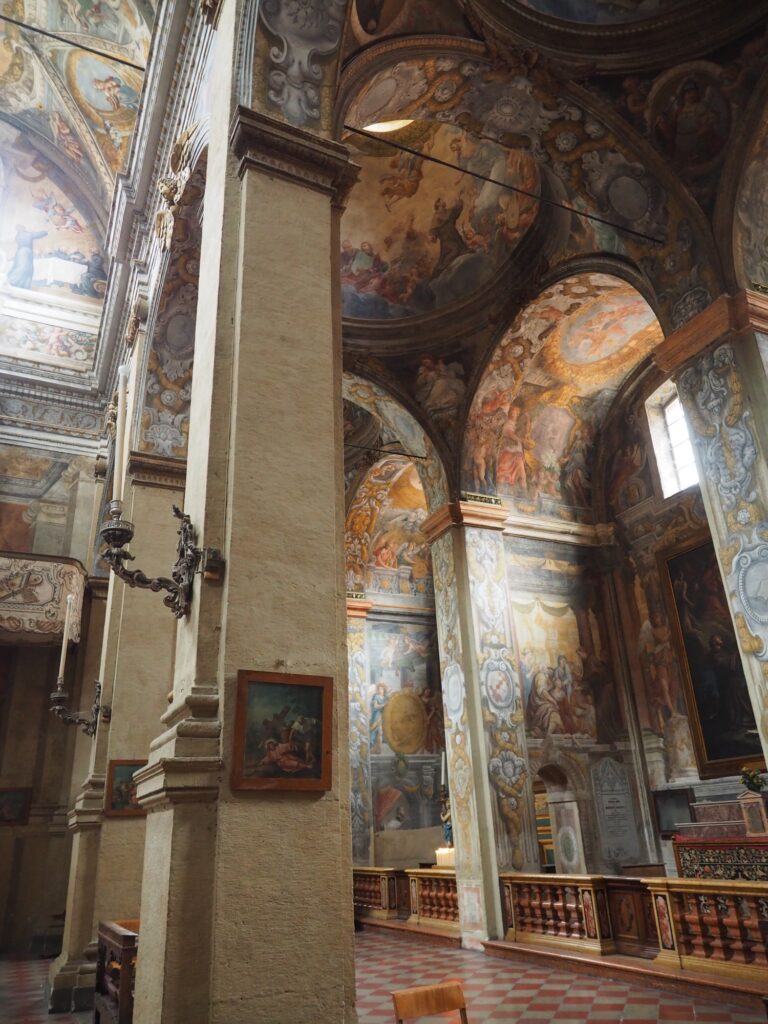
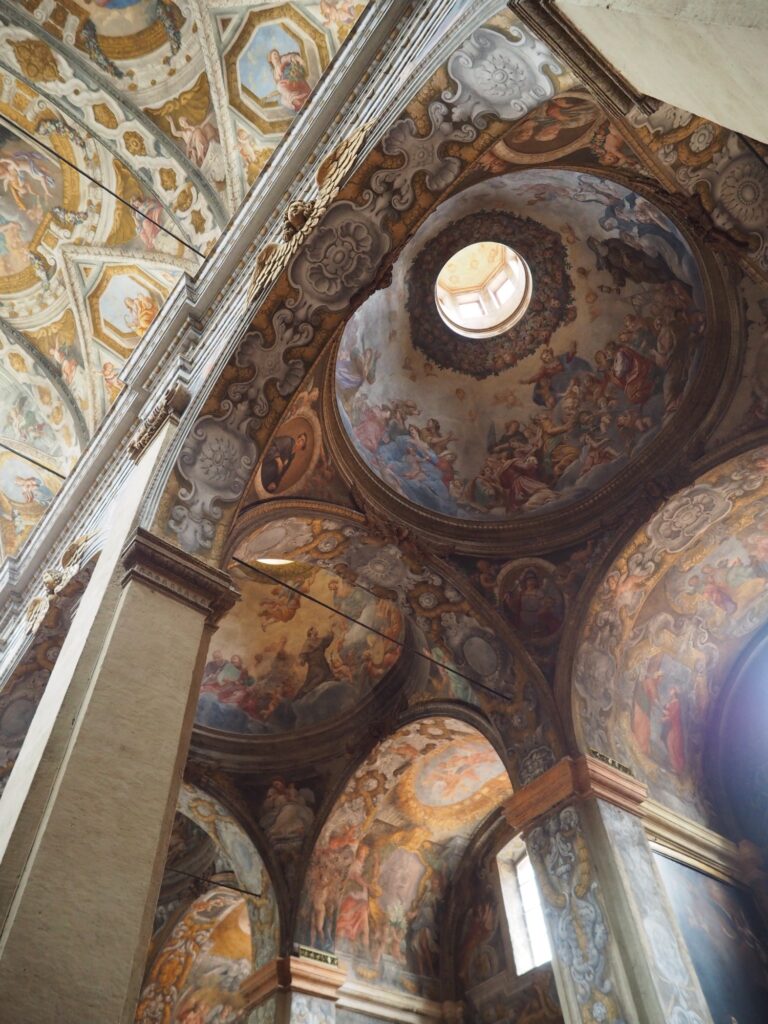
Heading to dinner
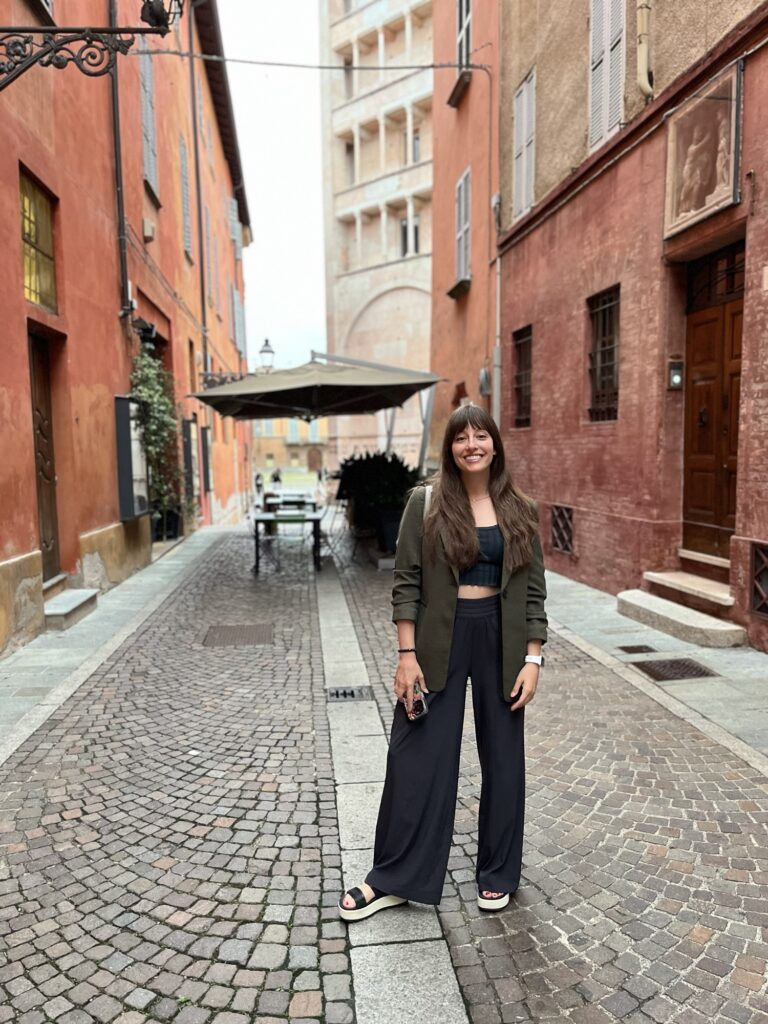
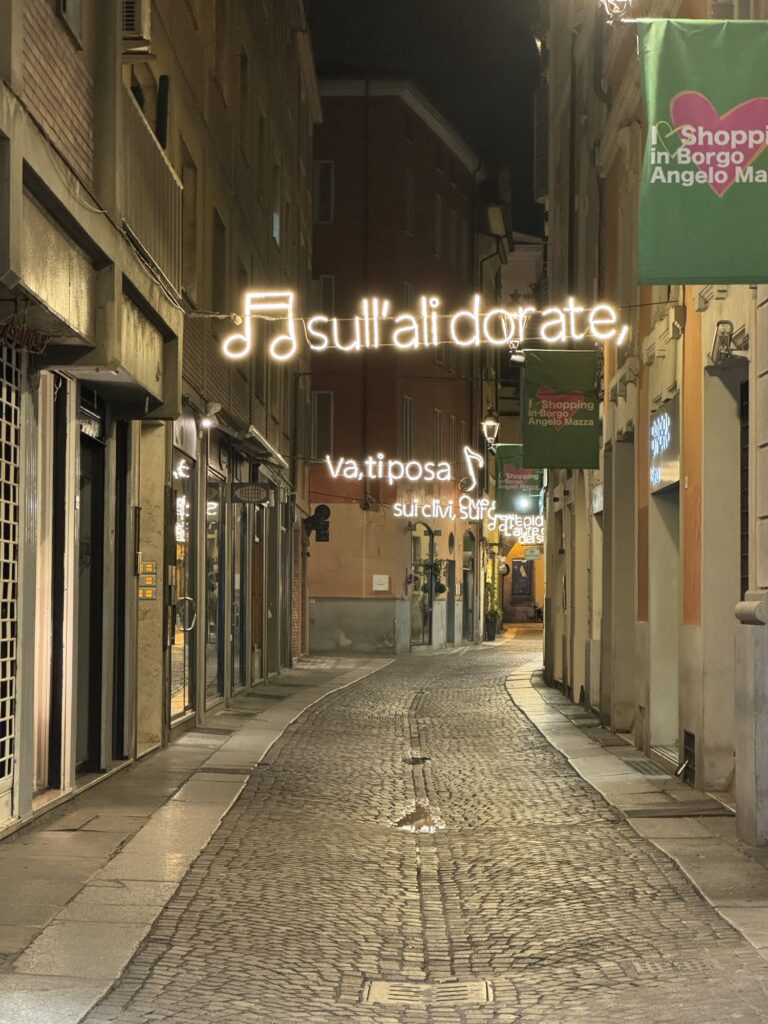
Dinner at LALTRO lato della Forchetta
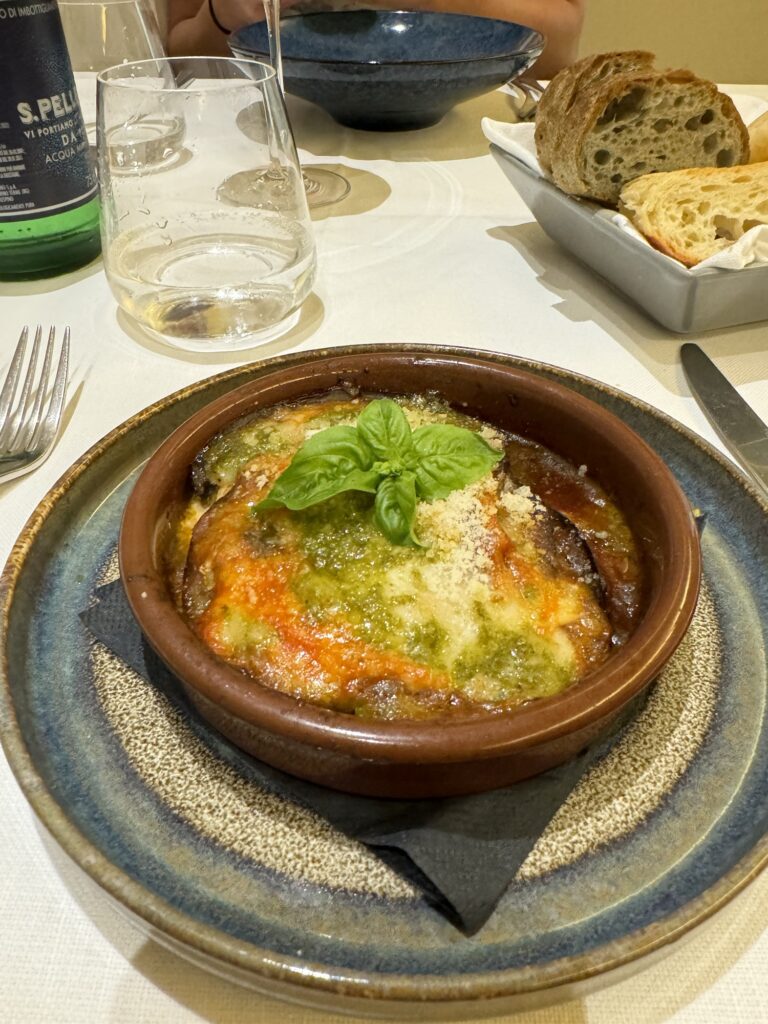
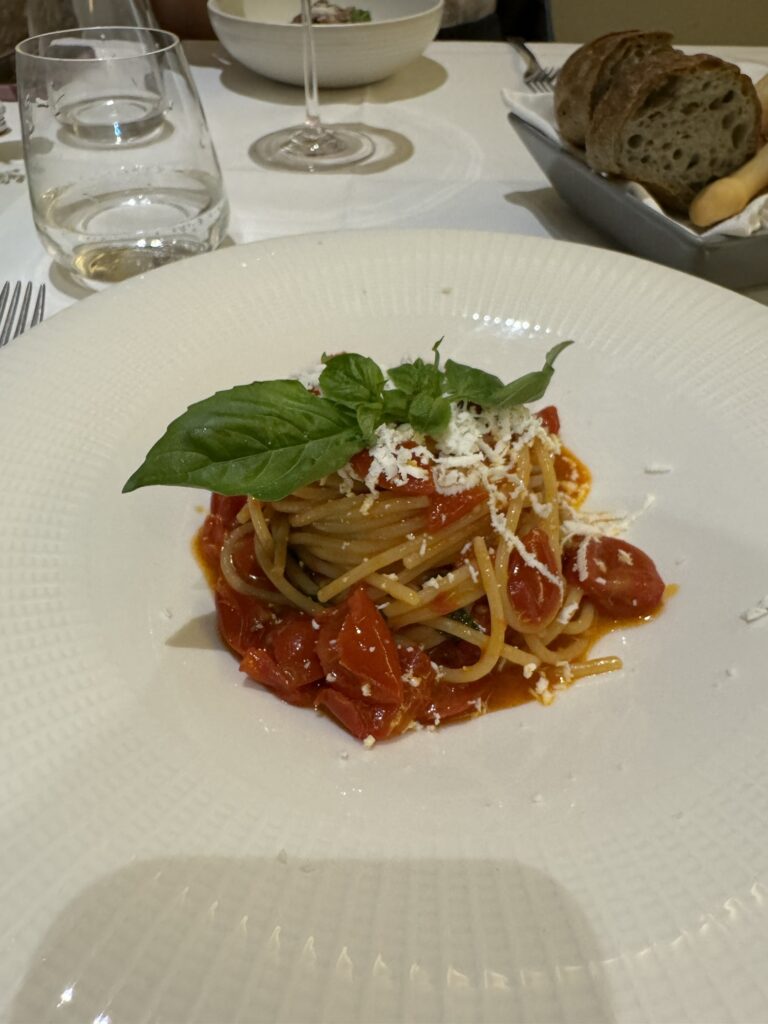
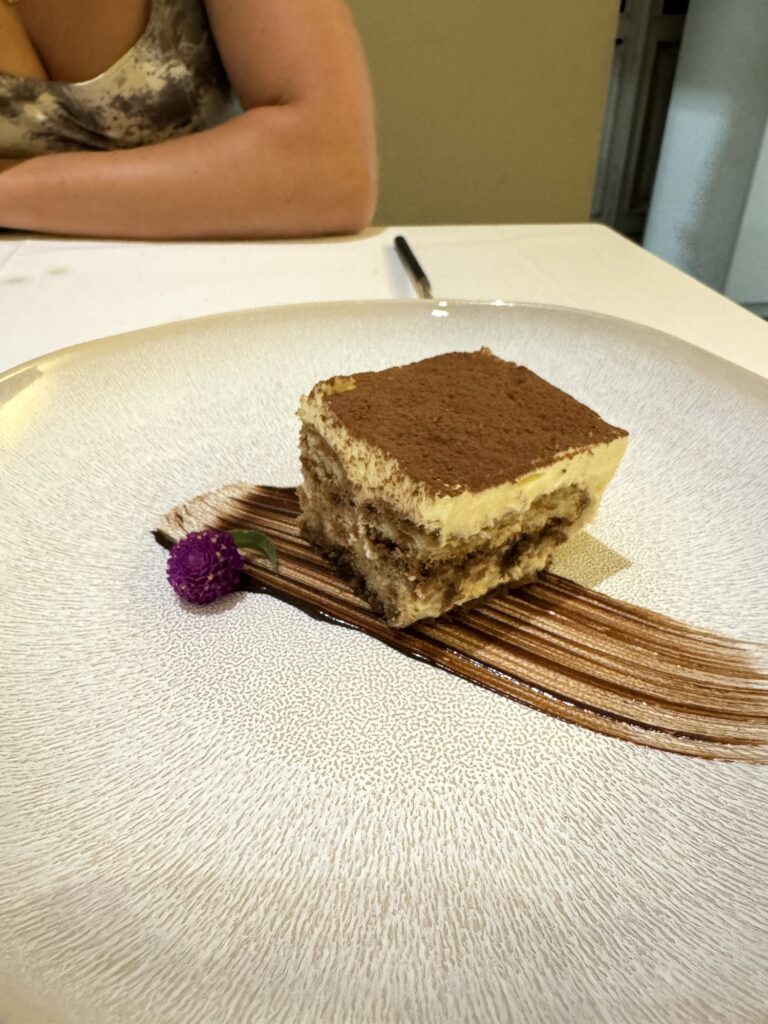
Bike tour to a Parmigiano Reggiano factory
I learned that Parmigiana Reggiano cheese is only made in this region of Italy, and for it to be branded with the Parmigiano Reggiano name every step in the process of manufacturing has to come from this region as well. The cows, the milk, the additives, the factory, etc. Nothing can be outsourced. This type of cheese is then exported all over the world and no other cheese can have this name. FYI for any vegans and vegetarians out there, I found out during the factory tour this cheese is not vegetarian. They use rennet to coagulate the milk which comes from the lining of a baby cow’s stomach 🙁
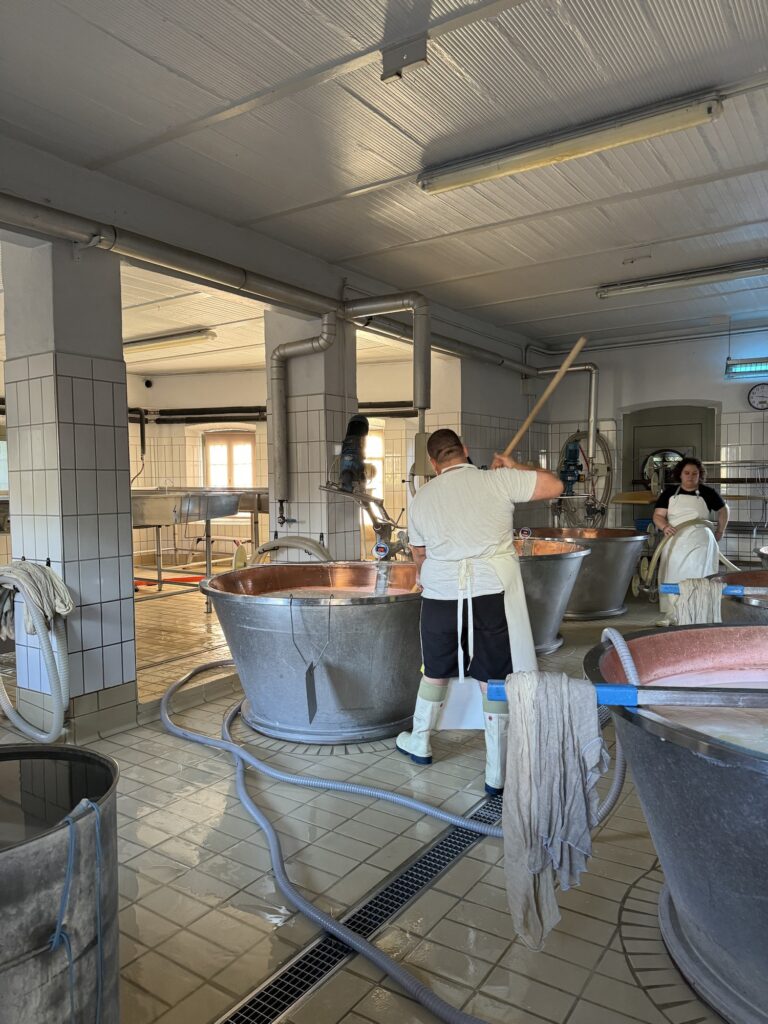
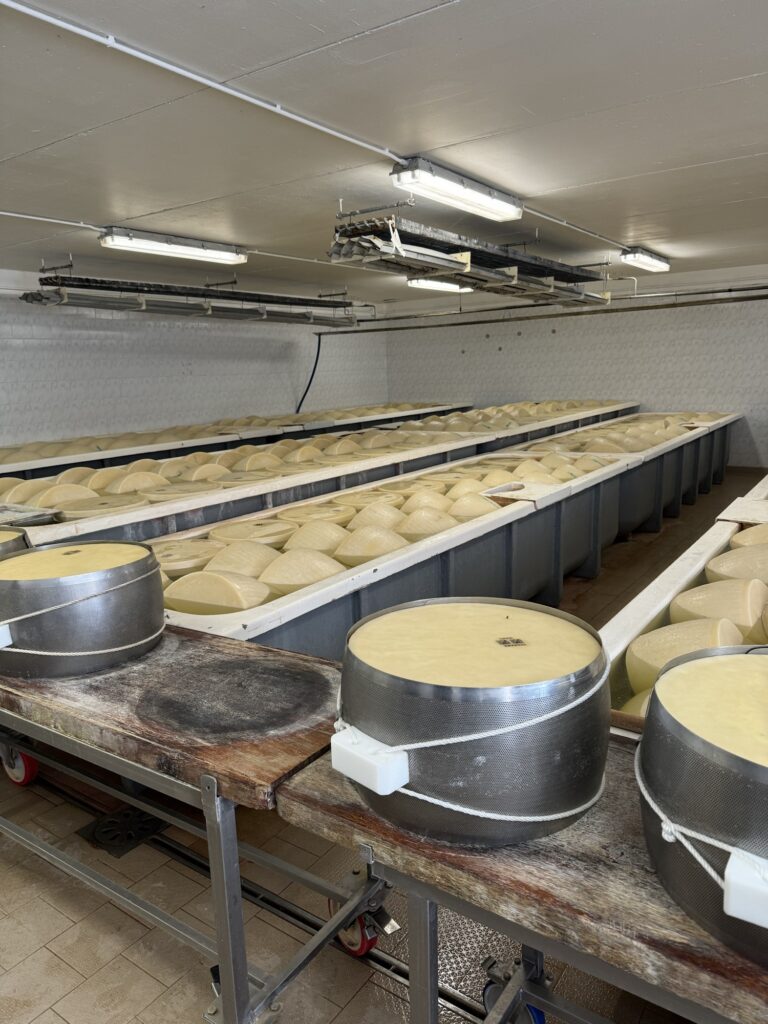
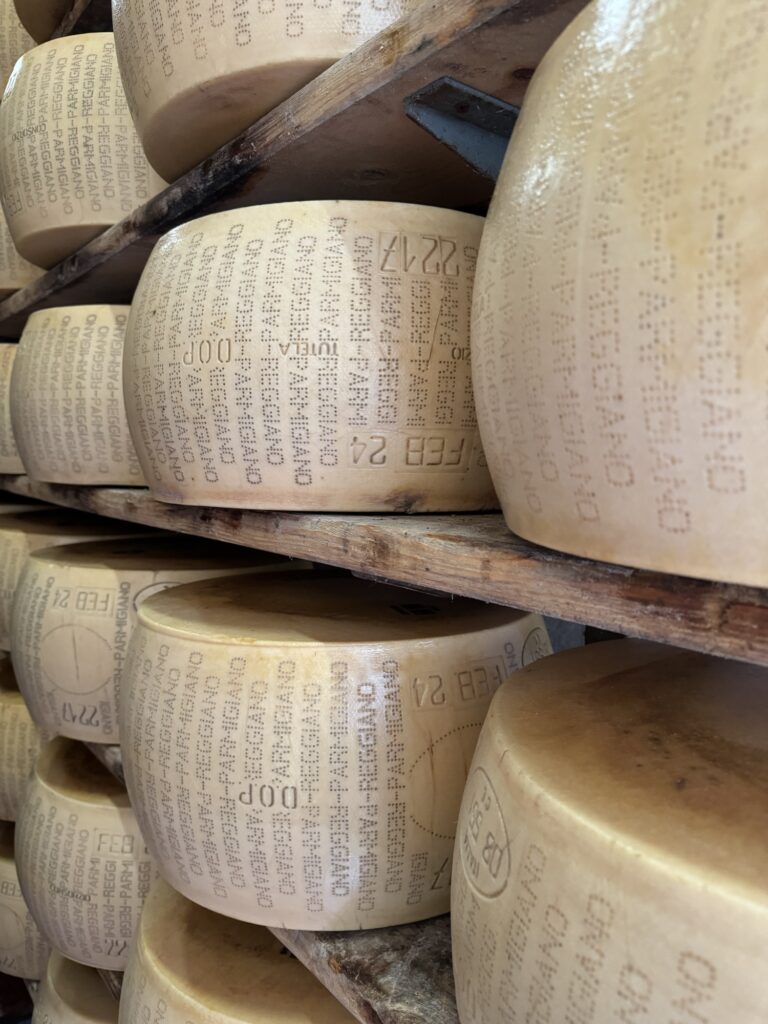
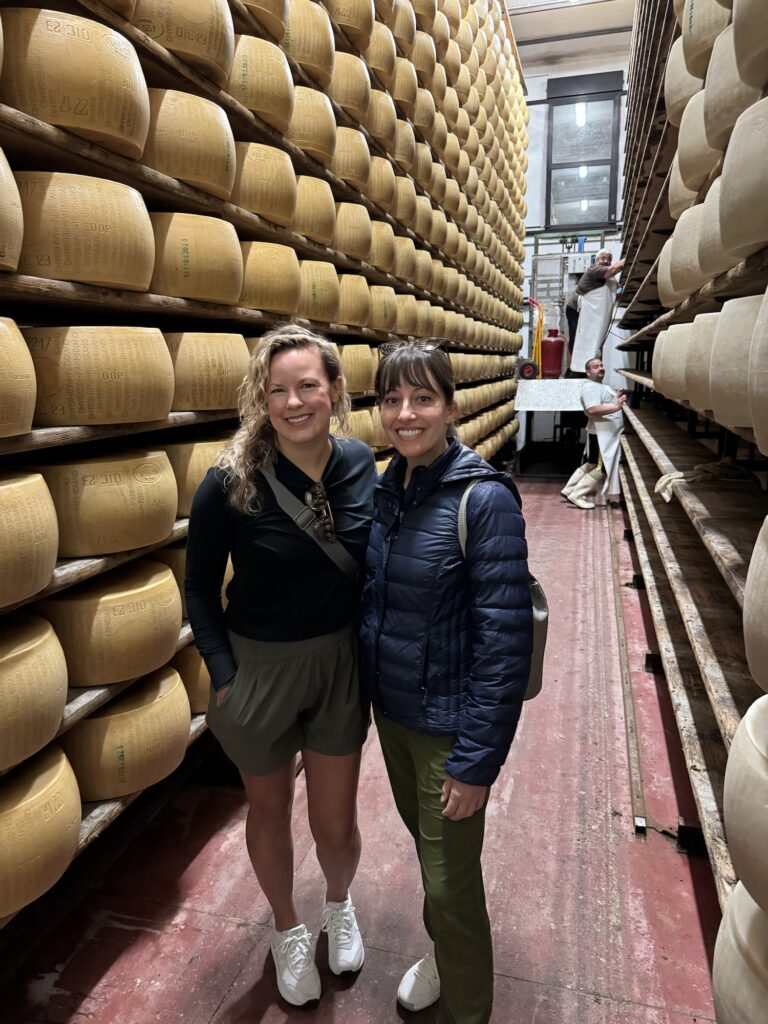
Lunch at a farm in the countryside
This was part of the bike tour we took with the company Bike Food Stories. Good wine, good wine, and good company.
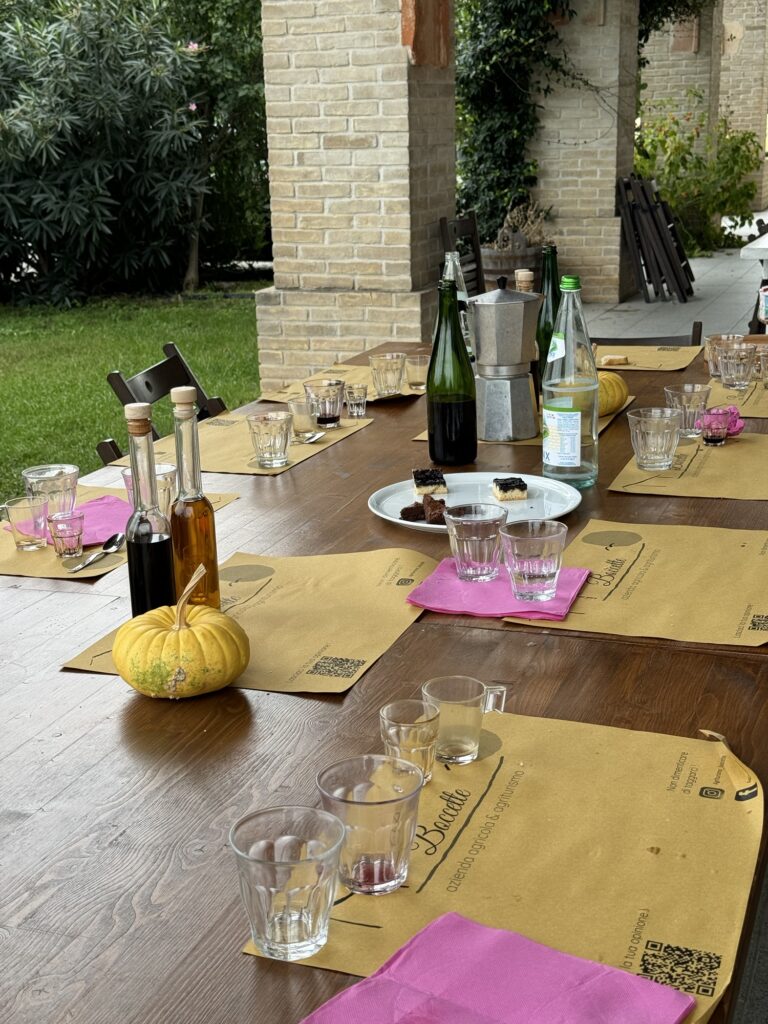
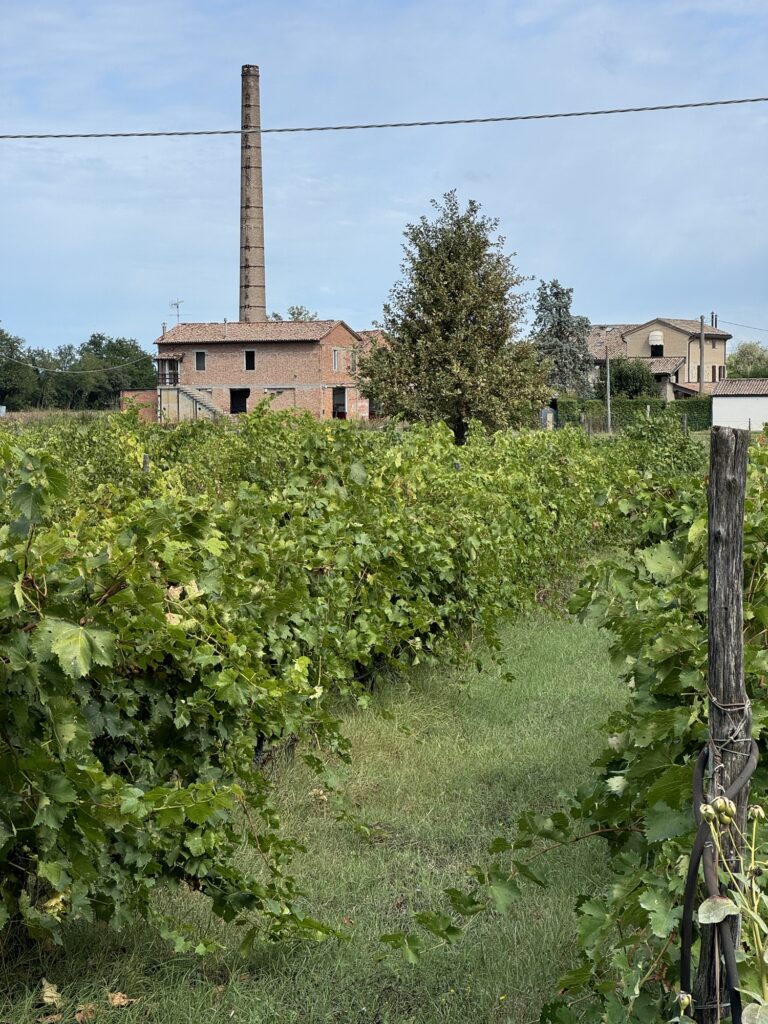
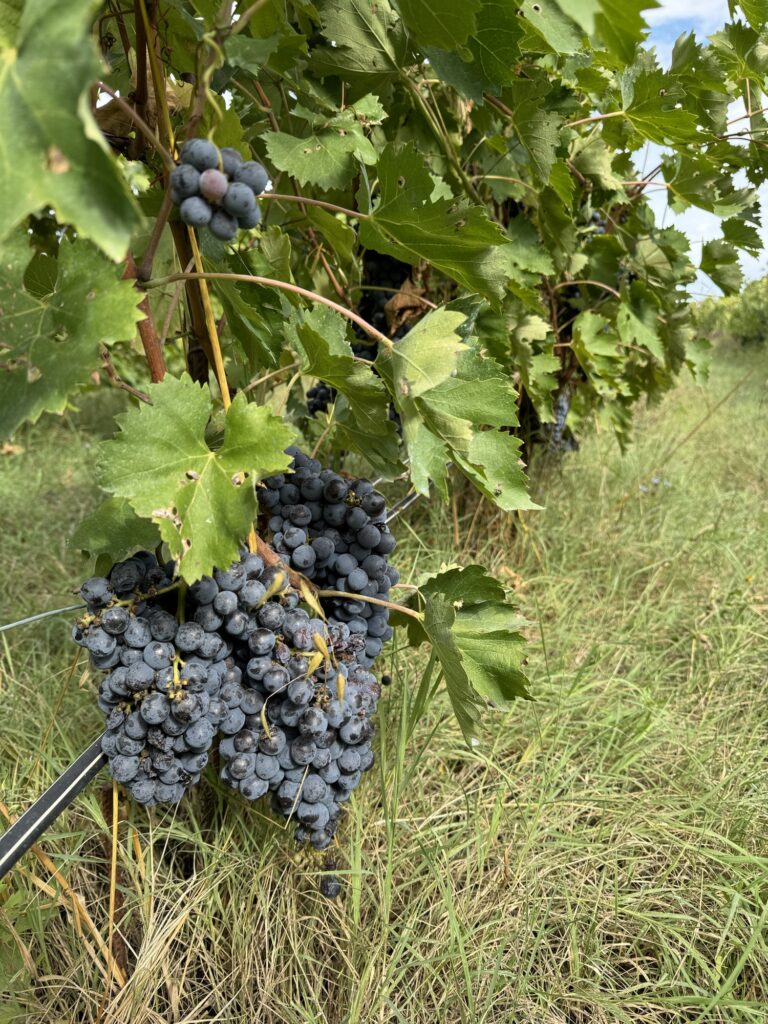
Parma at sunset
